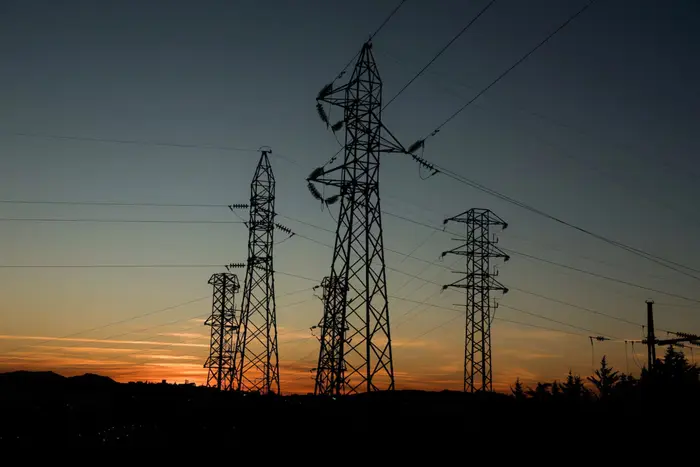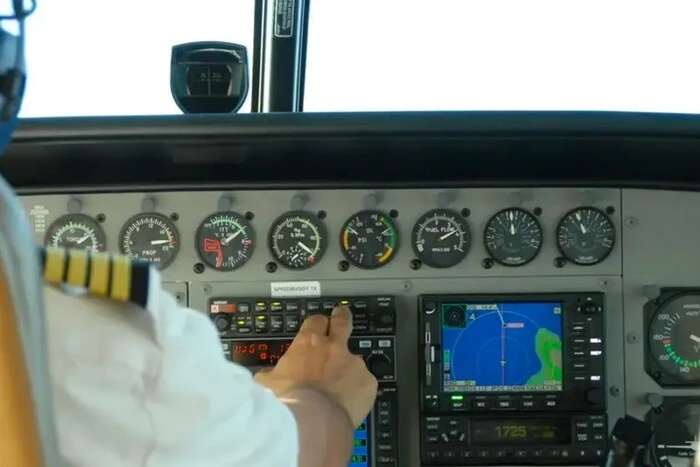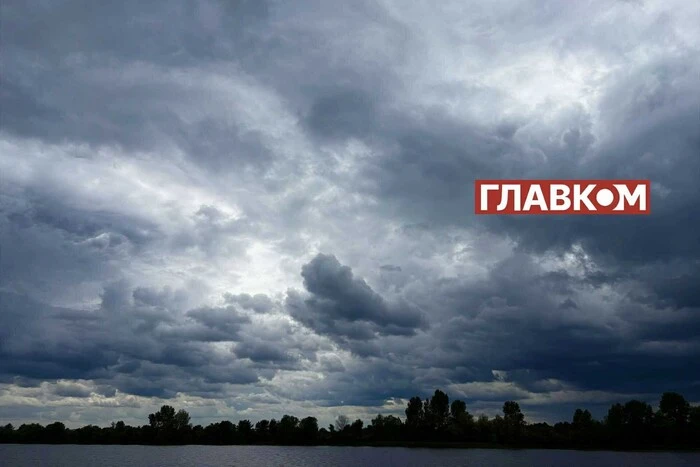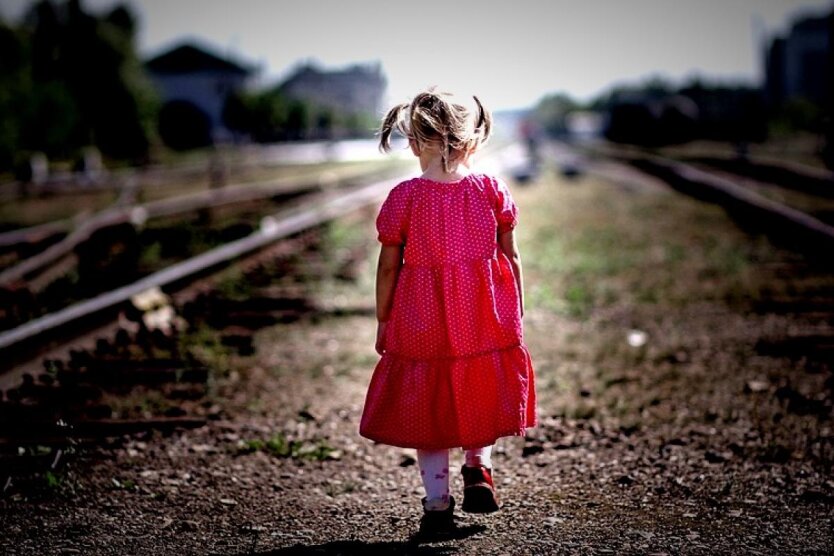How a New Pope is Chosen: Process, Traditions, and Symbolism.

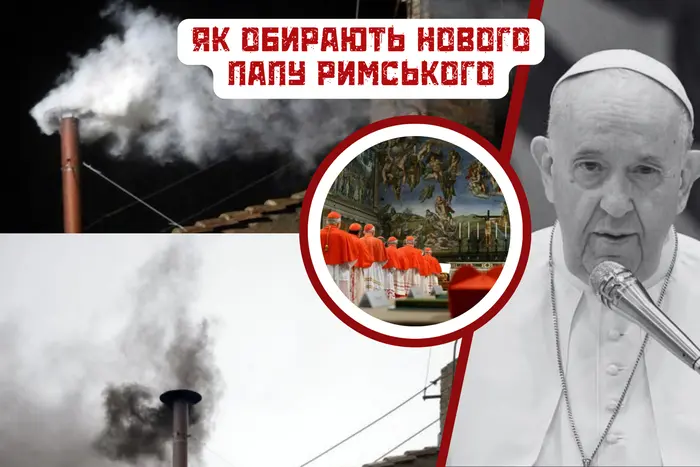
The Chief Editor explains how the election of a new pontiff takes place.
Period of Sede Vacante
- Period of Sede Vacante
- Preparation for the Conclave
- Conclave: The Mysterious Election Process
- Location of the Event
- Voting Process
- Criteria for Selection
- Announcement of the New Pope
- Ukrainian Cardinals in the Conclaves
After the death or resignation of the Pope, the Catholic Church enters a period known as Sede Vacante (vacant seat). During this Time, the governance of the Church passes to the College of Cardinals, and all official affairs are temporarily coordinated by the Cardinal Camerlengo. This period lasts approximately 15 to 20 days, during which mourning ceremonies are held, funerals are organized, and preparations are made for the election of a new Pope.
After the death of the Pope, a nine-day mourning period known as Novendiale is observed. Daily services, prayers, and ceremonies in memory of the deceased pontiff take place in St. Peter's Basilica. The funeral usually occurs 4 to 6 days after death, and the Pope's body lies in an open coffin for farewell. After the mourning period, the Cardinals begin preparations for the Conclave.
Preparation for the Conclave
Cardinals from around the world gather in the Vatican to participate in general congregations - meetings where the needs of the Church and challenges facing the new Pope are discussed. During this time, the Sistine Chapel is also prepared for the voting. The premises are checked for listening devices to ensure complete secrecy.
Conclave: The Mysterious Election Process
The Conclave is the assembly of cardinal electors who elect the new Pope. This ritual dates back to the 13th century and is governed by the apostolic constitution Universi Dominici Gregis, issued by Pope John Paul II. Only Cardinals under the age of 80 can participate in the Conclave, of which there are currently 138 as of April 2025, out of a total of 252. All other Cardinals (including those over 80) may only participate in preparatory meetings or procedures prior to the elections.
The Conclave is the assembly of Cardinals who advise the Pope and elect the next Pope if his term ends due to death or resignation.
In Catholic Church law, the Pope is regarded as the successor of the Apostle Peter on Earth, so there is no procedure that allows Cardinals to revoke the title of the head of the Catholic Church. The Pope is elected until his death or until he voluntarily resigns from the pontificate.
The procedure of the Conclave was established by Pope Gregory X in 1274. Pope Paul VI reduced the number of cardinal electors to 120 in 1975. The College of Cardinals consists of three groups: cardinal bishops (from the titles of suburban dioceses around Rome), cardinal priests (from the titles of ancient Roman churches), and cardinal deacons (from the titles of Roman deaconries). The titles of Cardinal are also held by the heads of some Eastern Catholic Churches. Since the Roman Bishop is not only the head of the Roman Diocese, the Latin Church but the head of the entire Catholic Church, the heads of Eastern Catholic Churches are thereby granted the ability to participate in the election of the Pope through the granting of the title of Cardinal of the Roman Church. The College of Cardinals is also the governing body of the Catholic Church during the Sede Vacante period.
Location of the Event
On the 15th day (or no later than the 20th day) after the death or resignation of the Pope, the Cardinals gather in St. Peter's Basilica for a mass pro eligendo Papa and ask for the Holy Spirit's assistance in electing the new pontiff. The Conclave takes place in the Sistine Chapel. Before it begins, they take an oath of secrecy, violation of which is punishable by excommunication from the Church. Also, before the voting begins, the Cardinals enter the chapel in a solemn procession while singing Veni Creator.
The Conclave takes place behind closed doors in the Sistine Chapel, adorned with the sacred frescoes of the Last Judgment by Michelangelo Buonarroti.
The Voting Process
After all the cardinal electors have entered the Sistine Chapel, the last cardinal deacon closes the doors from the inside. Outside, the process of electing a new pontiff is guarded by Swiss Guards. The Vatican Guard consists of 110 guards who ensure order and safety for the Pope. According to legend, the guards' uniforms were designed by Michelangelo.
The cardinal electors sit in two rows - facing each other.
Voting occurs in several rounds. On the first day, only one vote is possible, and after that, four votes can be cast: two in the morning and two in the evening.
After each cardinal writes the name of the selected candidate, he places the ballot into a special chalice. A table is set before the altar, where Cardinals sit who are responsible for counting the votes. The voting is secret. Among the Cardinals, 9 bishops are chosen to oversee the procedure.
Read also
- Rain will retreat: Hydro-meteorological center pleased residents of Kyiv region with weather forecast
- Massive blackout in Spain on April 28: reason identified
- Poland notes GPS signal interruptions over the Baltic Sea: suspects Russia
- Rain and Cooling Coming to Ukraine
- Foster Care Works: 650 Children Remain in Families Instead of Orphanages
- The USA resumes detention of all migrants without exception – Washington Post


